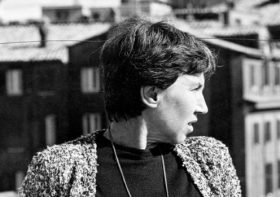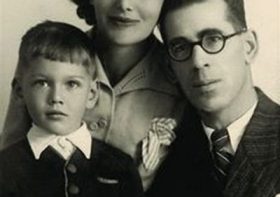The Portrait of a Lady
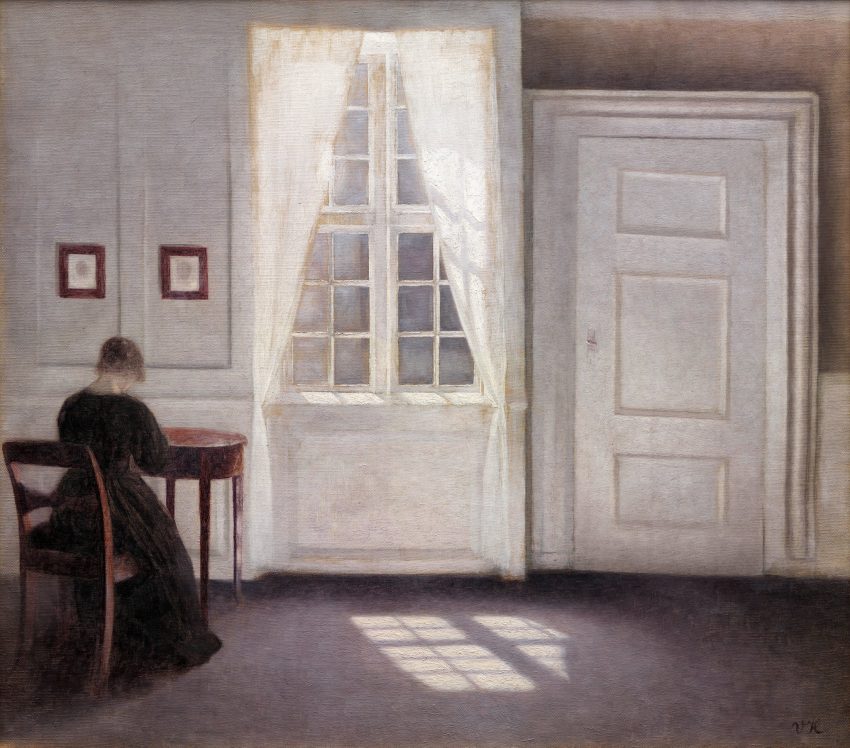
Vilhelm Hammershøi in 1901
“Under certain circumstances, there are few hours in life more agreeable than the hour dedicated to the ceremony known as afternoon tea.”
This is the opening sentence of the remarkable novel The Portrait of a Lady by Henry James, a sentence that feels as if it has been lifted straight from an English novel. Although Henry James was born in the United States, he wrote like an English author. He traveled, lived and studied in Europe, in fact, if you read about his life, you’ll see that he eventually became a British citizen. What he wrote about more than anything else was the contrast between American and European cultures and how these cultural differences shape people’s behavior and temperament. His characters are complex, and more than the plot itself, what matters in his novels is what goes on inside their minds, their philosophies, their actions, and how they confront life.
I joined the circle of Henry James admirers rather late. I had heard so much about his long sentences and complex prose that reading him in English felt a little intimidating. For years, it was sitting on my bookshelf as I waited for the right time to come. Readers understand the importance of the timing of reading a book. You might pick up War and Peace and abandon it halfway through because it wasn’t the right moment, and yet spend unforgettable hours with a quiet, modest novel that ends up meaning everything. So I waited, and I even deliberately avoided watching Jane Campion’s film adaptation of the book, despite its amazing cast. All that patience finally paid off, and in May 2025, I read The Portrait of a Lady. I only wish I had read it sooner.
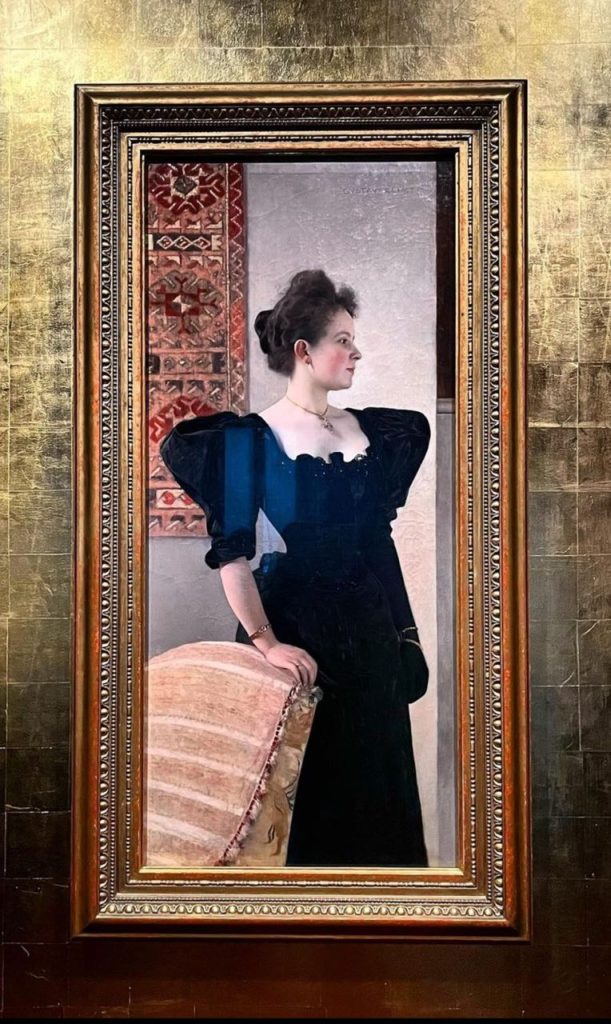
There was a time when I was taking a dialogue writing class at college and desperately searching for good examples of dialogue. Like most of my classmates, I turned to classic films. If I had been reading Henry James back then, especially The Portrait of a Lady, it would have helped me immensely. The dialogues in this novel are nothing short of brilliant. It’s hard to believe that someone from the 19th century could be so witty, playful, and feel so modern. Just look at this example, where Ralph Touchett and Lord Warburton, old friends, are discussing a new man who has entered the life of the novel’s heroine, Isabel Archer:
‘His name’s Gilbert Osmond – he lives in Florence,’ Ralph said.
‘What is he besides?”
‘Nothing at all. Oh yes, he’s an American; but one forgets that – he’s so little of one.’
‘Has he known Miss Archer long?”
‘Three or four weeks.’
‘Does she like him?’
‘She’s trying to find out.’
‘And will she?’
‘Find out?’ Ralph asked.
‘Will she like him?’
‘Do you mean will she accept him?’
‘Yes,’ said Lord Warburton after an instant; ‘I suppose that’s what I horribly mean.’
‘Perhaps not if one does nothing to prevent it,’ Ralph replied.
His lordship stared a moment, but apprehended. Then we must be perfectly quiet?’
‘As quiet as the grave. And only on the chance!’ Ralph added.
“The chance she may?”
‘The chance she may not.’
Lord Warburton took this at first in silence, but he spoke again. ‘Is he awfully clever?”
‘Awfully,’ said Ralph.
His companion thought. ‘And what else?’
‘What more do you want?’ Ralph groaned.
‘Do you mean what more does she?’
Ralph took him by the arm to turn him: they had to rejoin the others. ‘She wants nothing that we can give her.’
‘Ah well, if she won’t have You -!’ said his lordship handsomely as he went.
Ralph Touchett is one of the most endearing, philosophical, and witty characters in the book, and his dialogues are among the most beloved parts of the novel. We usually expect a 19th-century novel to be filled with long descriptions of landscapes and aristocratic interiors, but this novel is rich with sharp, intelligent conversations between characters. It reveals Henry James’s keen eye for detail and his genius for capturing the subtlest human emotions, often in what is left unsaid. In that sense, The Portrait of a Lady feels strikingly modern and relevant. It is no wonder James is considered one of the most influential writers of the late 19th and early 20th centuries. Authors like Edith Wharton, Virginia Woolf, and E. M. Forster, though occasionally critical of his writing style, were nonetheless deeply influenced by him.
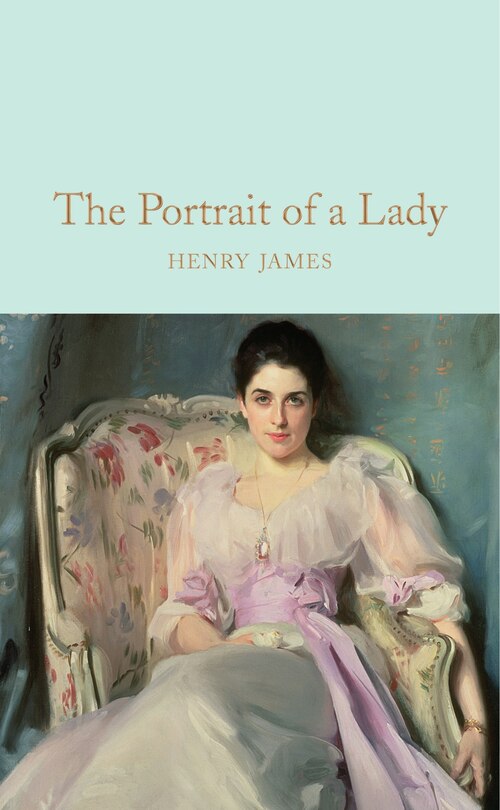
The Portrait of a Lady was published in 1881 and is one of the most important works in Henry James’s career. The novel tells the story of Isabel Archer, a young independent American woman who travels to Europe and faces complex emotional and moral choices. In this work, James explores the contrast between American innocence and the subtlety and complexity of European culture. The Portrait of a Lady combines deep psychological analysis, questions about freedom and fate, and a reflection on the role of women in the nineteenth century.
Henry James was the second child of Henry James Sr., a theologian and intellectual, and Mary Walsh James. His family was wealthy, well-traveled, and adventurous. His older brother, William James, was a pioneering psychologist and philosopher, and his sister Alice James left behind diaries that remain fascinating to this day. You can read about her here:
Henry James received an international and multicultural early education. His family frequently traveled to Europe, and he attended schools in Switzerland, France, and England, which gave him a deep interest in and understanding of European culture. He briefly studied law at Harvard Law School but soon turned to literature.
He began publishing short stories in the 1860s and became known for works such as Daisy Miller and The Europeans, which mostly dealt with the clash between the new American culture and the old European culture. This theme, known in literature as the “international theme,” later became the main focus of many of his novels. Over time, especially in the later period of his life, his writing style grew more complex and elaborate. His sentences became long and detailed, emphasizing the characters’ emotions and offering a subtle and precise exploration of human conditions. This style attracted both admiration and criticism. Some praised the delicacy and depth of his work, while others found his writing complex and ornate.
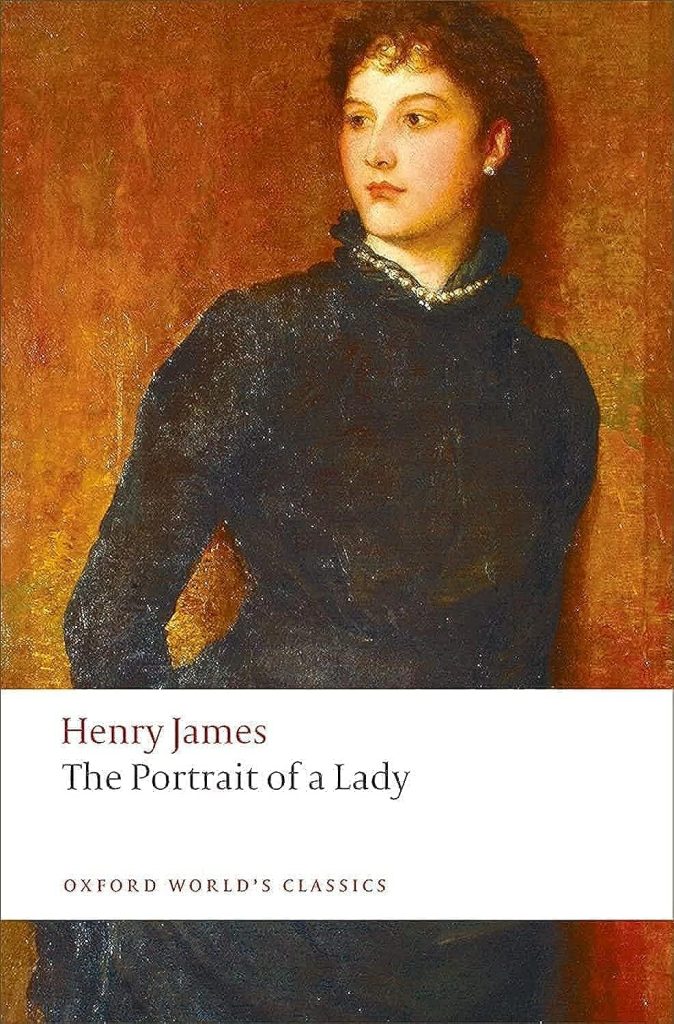
Henry James’s private life has been the subject of much discussion among historians and biographers, as he never married and devoted his life to literature. Between 1953 and 1972, Leon Edel wrote an important five-volume biography of Henry James, based on unpublished letters and documents, with permission from the James family. This biography remains one of the most comprehensive and influential sources about his life. Michael Gorra has taken an innovative approach by combining biography, literary criticism, and travelogue to reconstruct the suspenseful story behind the novel The Portrait of a Lady.
There has also been speculation about James’s sexual identity, and Colm Tóibín examines Henry James’s private life from the perspective of a novelist in his book The Master. According to Tóibín, “Everything I read about Henry James, the opposite was also true, so it was very hard to describe him.”
The Master focuses on the years 1895 to 1899 and explores Henry James’s private life and literary achievements.
I won’t give away anything more about the novel itself. But if you are looking for a long and absorbing read this summer, I hope you pick up The Portrait of a Lady and enjoy it. Now I can finally watch Jane Campion’s film adaptation, featuring Nicole Kidman’s acclaimed performance, and then move on to Colm Tóibín’s novel or perhaps a few more books by Henry James.

